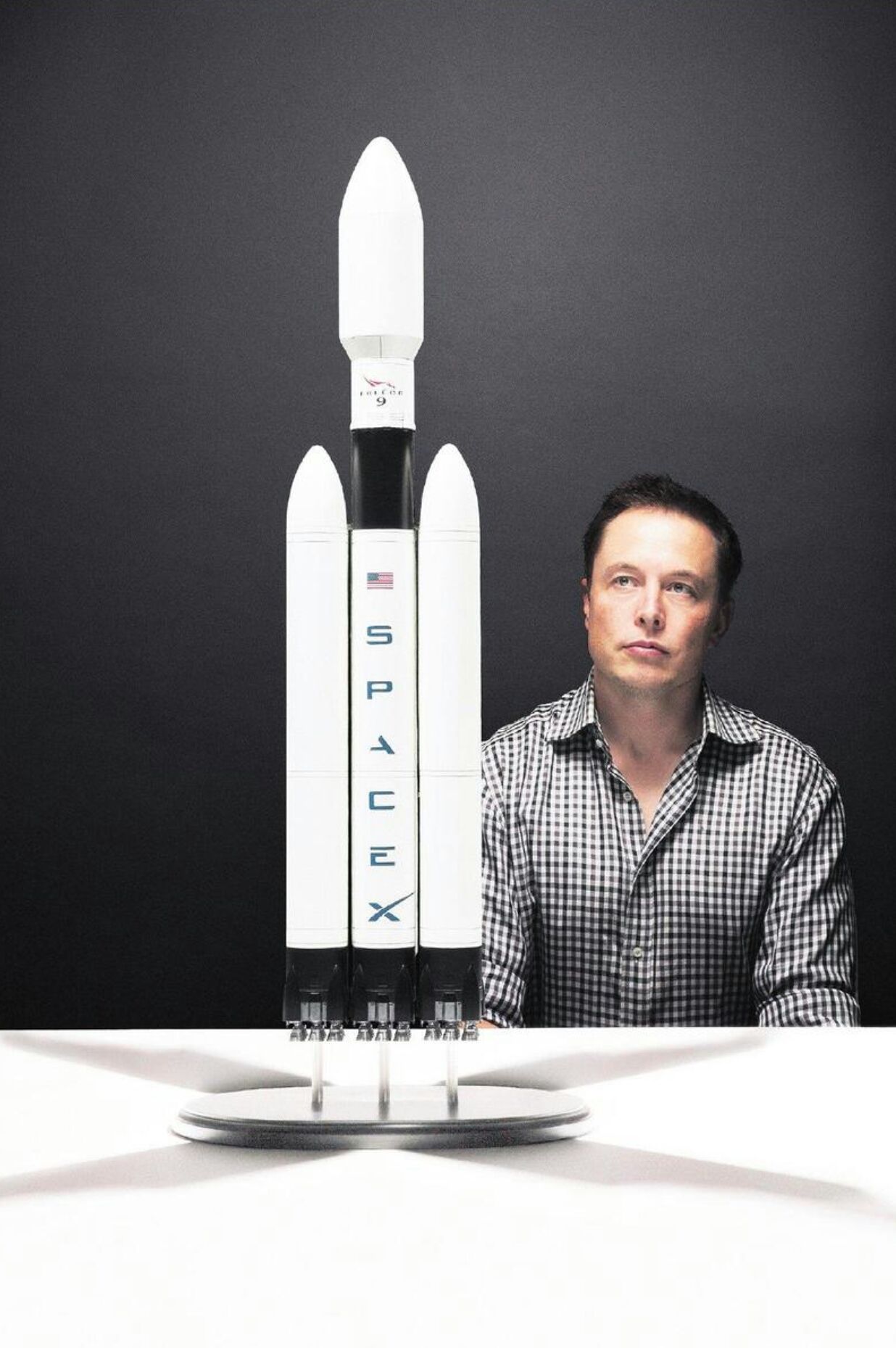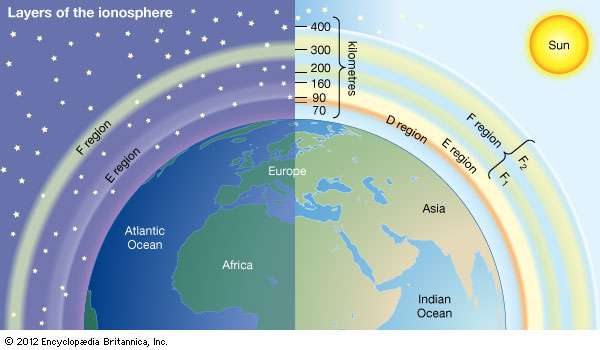
A vanity project on a multi-planetary scale
Elon Musk (b. 1971) is a South African-born entrepreneur with degrees in business and physics from the University of Pennsylvania. Musk has no formal training in rocketry, but he does have an eye for new markets. He made his initial fortune as a co-founder of PayPal, and has since founded Tesla Motors and SolarCity—a solar energy company.
In the early 2000s, he and others saw the opening NASA was creating by retreating from the business of launching spacecraft to low earth orbit. When Elon Musk founded Space Exploration Technologies Corporation—or SpaceX in 2002 —going into competition with other, generally more-established companies such as Boeing and Virginia-based Orbital Sciences., it was, at best, a millionaire’s flight of fancy. He had made his fortune from tech startups Zip2 and PayPal, and was still two years away from starting Tesla, the electric-car firm.
Musk, as he will gladly tell you, has a vision: Colonize Mars and make humans a multi-planet civilization. He sees it as insurance against a global catastrophe that leads to human extinction. Per Musk, the only sensible policy in this universe is redundancy. Newly wealthy and with time on his hands, he concocted a scheme to send a greenhouse full of plants to Mars as a kind of grand gesture, but couldn’t find any cost-effective rocket to send it there, even on a multi-millionaire’s budget.
He did find people like Tom Mueller, a frustrated engineer at the conglomerate TRW’s aerospace division, who was building a rocket engine for fun in his garage. That—the largest liquid-fueled engine ever built by an an amateur—turned out to be the earliest version of the Merlin, which powers SpaceX’s rockets. Musk also met Hans Koenigsmann, a German engineer who became the company’s fourth technical employee, at a rocketry club launch in the Mojave desert. “My German accent helps in presentations,” Koenigsmann says. “When I say, ‘This will work,’ it is more convincing than other accents for some reason.”
Musk decided to start a company to provide the service he couldn’t find—an affordable ticket to Mars. Successful tech entrepreneurs love starting space companies: Jeff Bezos (Amazon), Paul Allen (Microsoft), Larry Page and Eric Schmidt (Google), and Richard Branson (Virgin) are all involved in firms dedicated to space tech. Most are seen, to varying degrees, as vanity projects.
Nosek is now a member of SpaceX’s board of directors.
Article: ( SpaceX )


